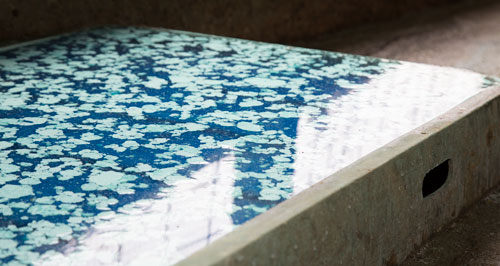
Lameness is a costly disease that impacts cow productivity in terms of milk production, reproduction and culling value. According to Gerard Cramer, D.V.M., associate professor from the University of Minnesota, "It's also a huge animal welfare problem."
In his presentation at the Minnesota Dairy Health Conference, Cramer urged producers and veterinarians to approach lameness with the same dedication most use to improve udder health. This starts with early detection and treatment of lameness and keeping cows' feet clean and dry to minimize the growth of organisms that cause hoof disease.
Footbaths are another tool in the hoof care toolbox, but they are not intended to treat problems. Cramer asked the audience to think of footbath solution like it is teat dip. "The goal of a footbath should be prevention," he explained. "We don't use teat dip to treat mastitis," he said. Likewise, we should not use footbaths as a method of treatment but rather as a form of prevention when it comes to hoof health.
Like teat dip on teats, footbath solution needs to have frequent contact with the hooves to be effective. Most farms could run their footbaths a lot more often than they do, Cramer said.
Besides stepping up frequency, another way to get more solution contact time is to raise the number of dips, or steps, each cow takes in the footbath. Cramer shared work out of Wisconsin that showed more than 60 percent of cows get less than two dips per foot in a footbath 6 feet in length.
Therefore, the ideal footbath is at least 8 to 10 feet long, narrow (20 inches), and has a minimum of 2 feet high sidewalls to keep the solution in and prevent cows from stepping on the side. The solution should be at least 4 to 6 inches deep, Cramer said.








